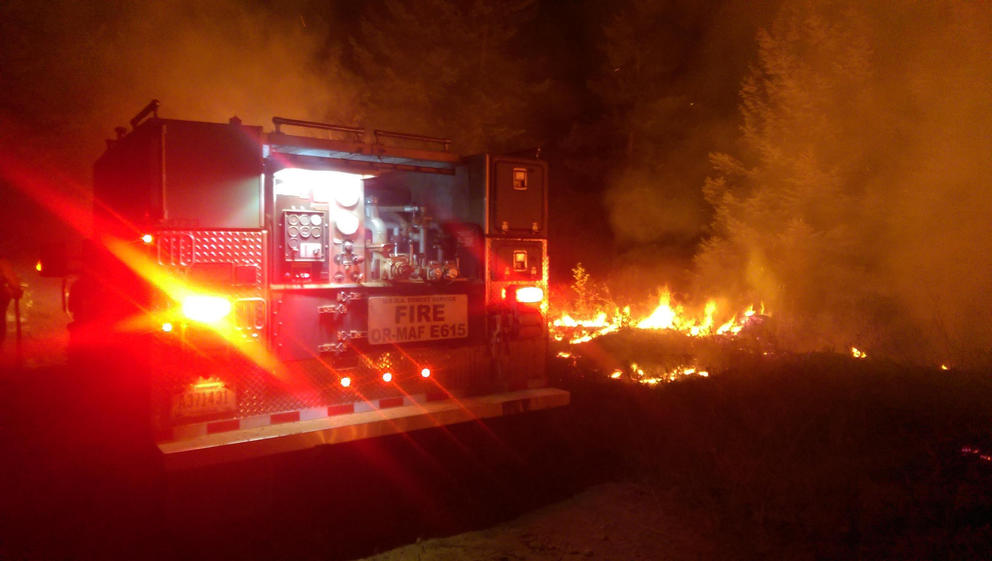On a sunny March day just south of Yakima, Greg Bailey is standing next to his firetruck.
For now the truck looks like any other flatbed, albeit with a bigger cab than normal. But a drill and socket set are laid out on the deck behind the cab, where soon a water tank will be bolted on, along with a high-capacity pump, a reel with 200 feet of hose, and toolboxes holding everything from axes to chainsaws to spare fireproof clothing. When Bailey and his sons are done building the vehicle from a raw frame, starting with just the cab and engine up front, the one-and-a-quarter-ton F550 will have been transformed into a class six fire engine, the lightest and nimblest of the six types deployed to fight forest fires around the state.
The Baileys, who already have one truck available for the U.S. Forest Service to call on at any time, are part of a small universe of firefighting contractors spread across the state of Washington. The private operators provide everything from fire engines to portable kitchens, shower trucks and mobile telecommunication hubs for the massive firefighting camps that spring up on the margins of large wildfires. And they not only help control the conflagrations but also provide the rural economies of Eastern Washington a sizable share of the millions of dollars that pour in to fight wildfires.
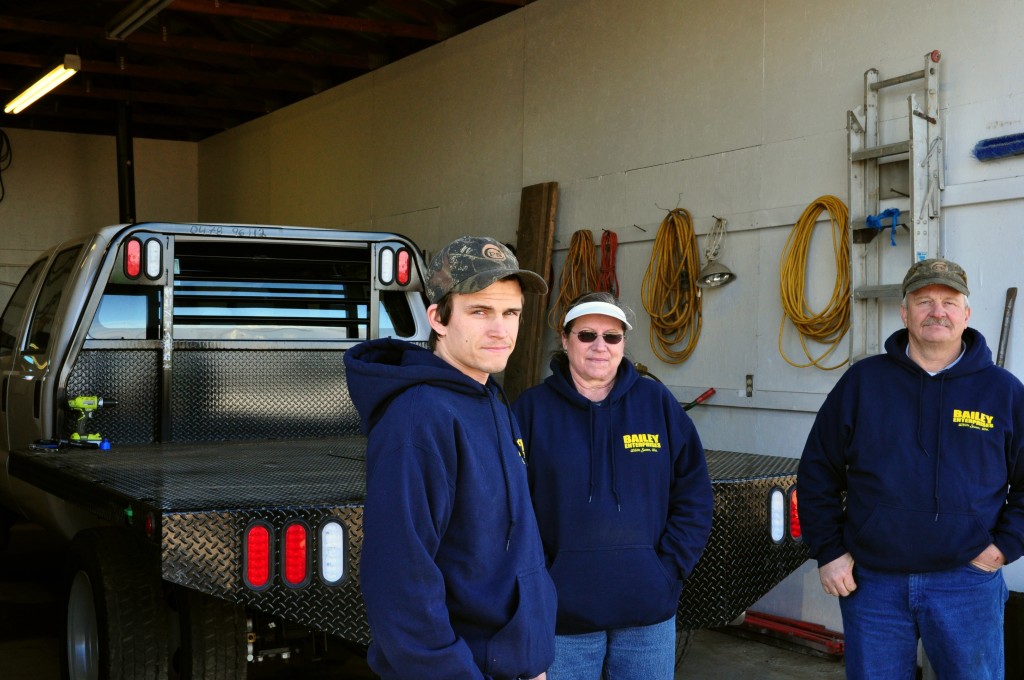
This year, legislators argued over how to pay the cost for fighting last year’s fires, including the huge Okanogan Complex fires, which cost more than $300 million altogether. But for all the acrimony over the source of funds, few claimed the payments — and the work they support — are anything but essential to the state.
In a state of affairs somewhat unique in government contracting, where bigger is often better, most fire contractors share a key attribute with the Baileys: They’re small, often small enough to be run and largely staffed by a single family. According to the Forest Service, businesses with three pieces of equipment or less make up more than three-quarters of the 441 contractors supplying the most common types of firefighting equipment in Washington and Oregon.
For the Baileys, fighting fires didn’t start as a calling.
Rather, it started as a practical choice about how to use what they already had, and how to respond to the eminent economic question of how, when one is surrounded by it, to make a living off the land.
At first, that didn’t even mean firefighting — it meant logging. For 28 years, Greg Bailey logged and even had his own logging company. Occasionally, they hired out the water truck or bulldozer the company owned, during a big fire, but logging was their main business.
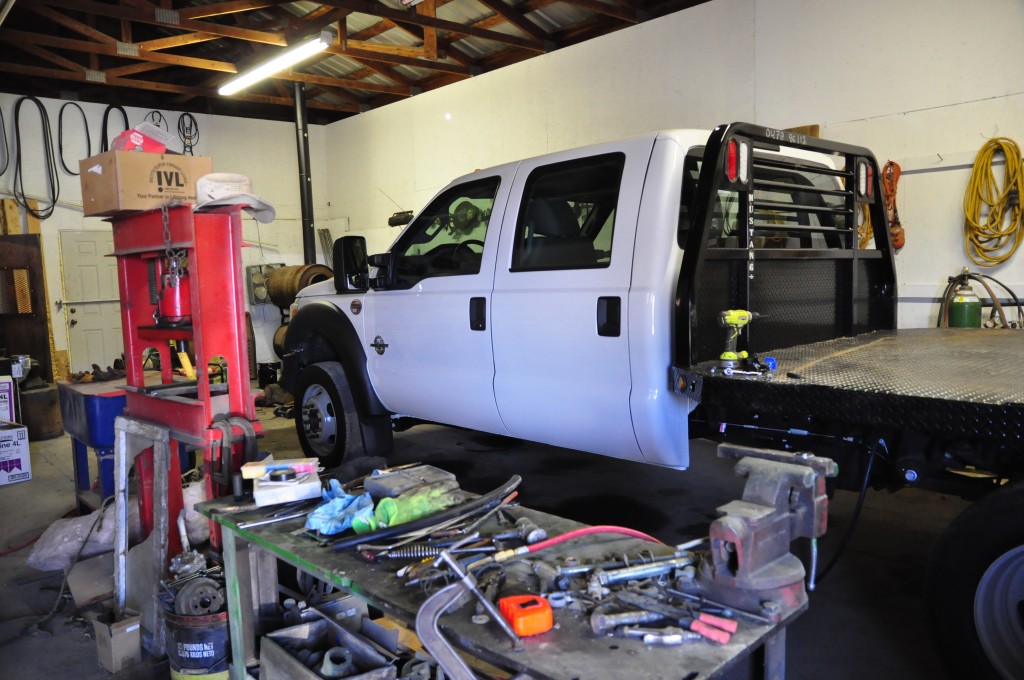
But the logging business got tougher and tougher, and in 2005 they sold the logging company. They started putting together their first fire truck soon after, and by 2007 it was rolling out to its first fire.
Today it’s hard to imagine more of a family business. Like he always has, Greg Bailey runs the truck most of the time. Since they turned 18, the Bailey boys, Clive and Rygh, have worked as crew — fire engines need a crew of three, including the driver. Barbara, Greg’s wife, runs the phones, helps keep the books, and does just about everything else that a fire season requires, from delivering engine parts to doing some laundry. For the rest of the crew, the Baileys enlisted some of their family’s network of friends — one young woman on the crew first met Barbara through 4-H, at age 9.
“It ain’t always the best,” Greg says. In fire camps, they sleep in tents. Sometimes they go a week without a shower, and the hours can be brutal. But it’s a way to see the country, ranging out across the state on a moment’s notice. And fire camp is its own kind of community — the same contractors mostly come back, year after year.
“I don’t know if you’d call it a camaraderie or whatever,” Greg adds. “But we kind of look forward to it.”
Firefighting still isn’t the only thing the Baileys do. Outside of fire season, raising cattle takes up most of their time. Most years, says Greg, firefighting only provides about half the family’s income. But, as Barbara says, “it depends on how much the cow price is.”
For most people in the business, Greg says, fire plays a similar economic role. One of his crewmembers works as an electrician for most of the year, another is in security. One contractor acquaintance takes snow plowing contracts during the winter, while another owns a fish farm.
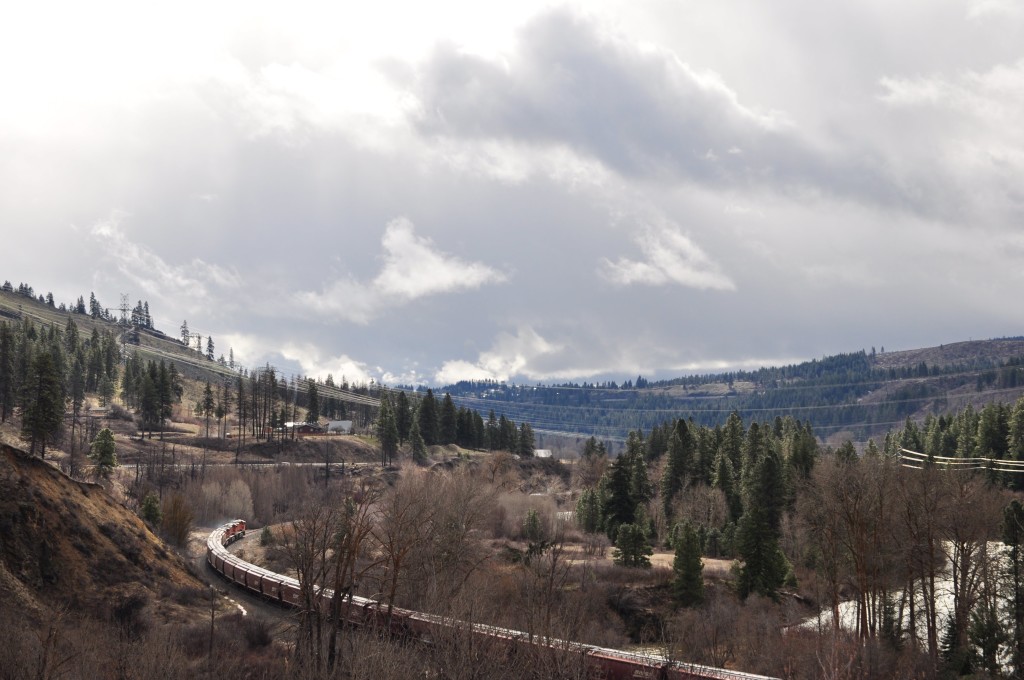
Despite their ferocious image, most wildfires start small and end small.
Only 1 percent of fires end up absorbing about 98 percent of the money spent fighting wildfires each year, says Portland State University professor Max Nielsen-Pincus. And of that 1 percent of fires, a further 1 percent — or the 1 out of every 1,000 fires that mushrooms into a mega-fire — likely absorbs most of that.
But while it’s the really big fires that grab attention, in terms of economic impacts it’s the medium-sized fires that add up. Not tiny lightning-strikes quickly put out by local crews, nor sky-darkening behemoths that suck up hundreds of billions of dollars, medium-sized fires are still very common, Pincus says. And they manage to often absorb upward of $10 million each in firefighting costs.
Of the money spent fighting a fire, around 10 percent is actually spent inside the county where it happens, he says. So on a $10 million fire, the county where it happens will likely see a million dollars spent in the space of a month. Step back to look at the surrounding counties, or even further to look at the state as a whole, he says, and the amount of money retained likely goes up even further.
In a city like Seattle, a million dollars of new revenue wouldn’t be much, but in a small-town economy, it’s enough to create a dip in local unemployment rates. For the people making their lives in those small towns, that’s a pretty big story, Pincus says.
It’s also a pretty big story for small contractors.
Kevin Curfman, head of the Washington Contract Firefighters Association, says fire season can last anywhere from three to five months, with 50 to 60 working days adding up to a fairly busy season for most contractors.
The average wage for a beginning firefighter is around $12 per hour. But 14-hour days are the norm, and for the brief time the work lasts, “you’re working seven days a week,” Curfman says. If you start early Monday, he adds, “you’re hitting overtime by Tuesday evening or Wednesday morning, so it adds up pretty fast.”
Average it out, and a beginning engine crew makes $250-300 per day, with the crew leader, called the engine boss, making nearly twice that. Because the work comes unpredictably and is often brief, it is almost never a full-time job except for the largest contractors. Still, many of the people involved, from crew members to contractors, are able to bring in a third to a half of their yearly incomes in those few months of work.
Beyond the wages’ benefit, as Curfman speaks a picture also begins to emerge of the engines themselves almost as financial funnels, their huge pumps working to channel revenue into local economies.
In a good season an engine can generate close to $100,000. Contractors don’t get to keep all of that, or anywhere close: wage expenses can run up to $50,000 for a three-person crew, and between insurance and upkeep, the engines themselves cost around $25-30,000 a year, leaving the owners with around $20,000 most years, assuming they go out with the engine and pay themselves for it.
Yet even when it doesn’t stay in contractors’ pockets, much of that money stays close by. After Greg Bailey tells his story, he and Barbara hop in the cab of their rig, headed for the tire shop. Over the course of the year Greg expects to spend $4,000 there putting new tires on the engines. For him it’s a cost of doing business, but to his local economy, it’s just part of the boon fire brings.
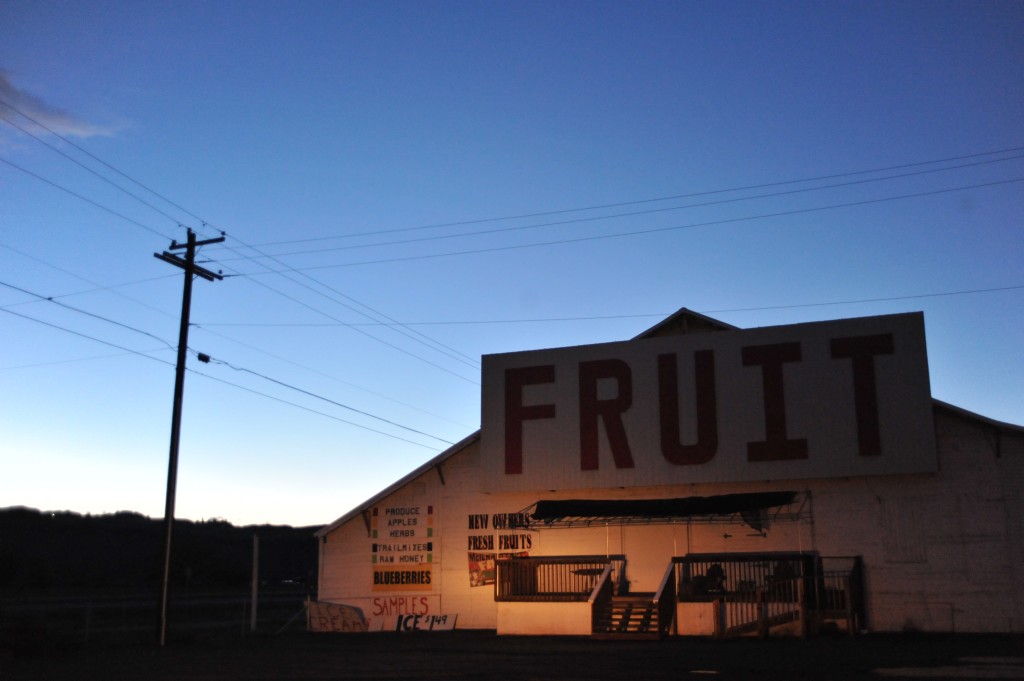
For all the economic benefits fighting wildfires may provide, a larger question looms: whether spending money to fight fire even makes sense, if it’s all we’re going to do. In the heat of the moment, of course, wildfire spending makes perfect sense — forest fires are after all, fires. But every year as fire season winds down, land managers across the West ask themselves about the season to come, and whether it might not make even more sense to stop the fires before they start.
A 2006 study by the Washington Department of Natural Resources found that while the cost of protecting forest land doesn’t always balance in comparison to the cost of losing salable timber in a fire, when the costs of fighting and rebuilding after fires is added in, it often does. In medium and high-risk areas, the study found that fuels reduction work actually saves $1,000-2,000 per acre over time.
In Washington in 2015 the Okanogan Complex fire along with others burned more than a million acres.
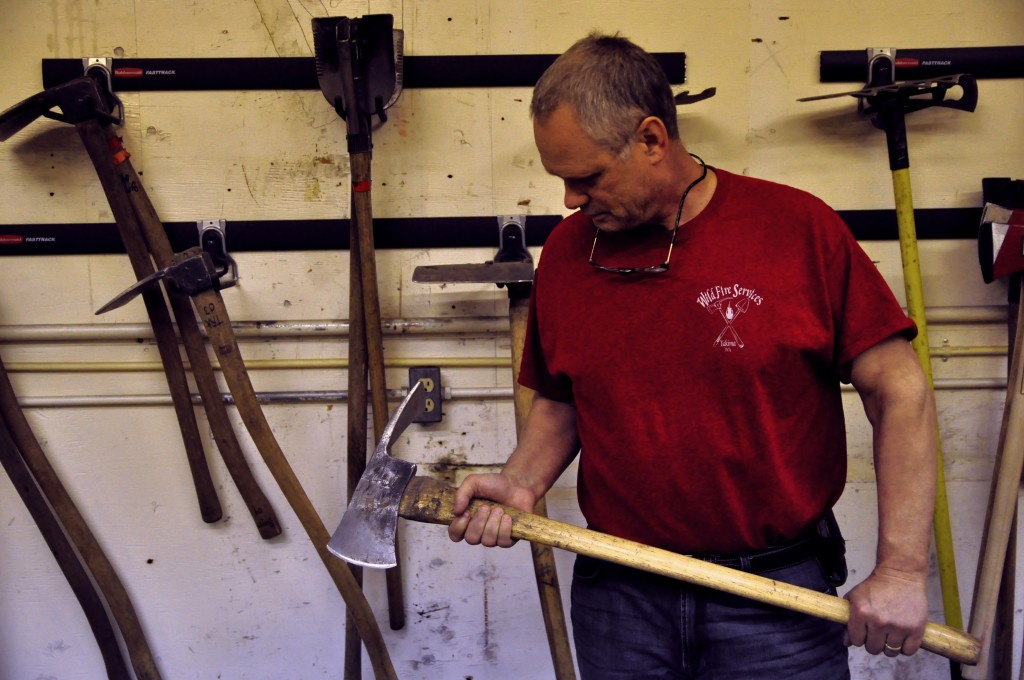
The direct cost of firefighting efforts that year was more than $319 million, but a 2009 study by the Western Forestry Leadership Coalition noted that in five case studies of major wildfires, the cost of firefighting made up less than a quarter of a fire's total cost. Once costs like post-fire mitigation, health care for the injured, and property losses were added in, totals quickly climbed to four and five times the cost of firefighting alone.
If that ratio were to hold true for Washington fires, the total cost of Washington’s fires last year could be upward of a billion dollars. And if the Washington DNR report’s figures hold true, at a thousand dollars an acre, putting even half that acreage through a fuels-reduction regime might have saved the state half of that billion dollars.
In reality, preventing a fire that hasn’t started yet is a hard sell for government budget writers, no matter how much future-money economists predict it might save. In Washington state, technical points about how to pay for last year’s firefighting efforts have been a major point of contention as Democratic and Republican lawmakers hammer out the 2016 budget — but not a single one has called a press conference to ask for more funding for prevention next year.
Ironically, as fires get bigger they consume not only timberland and homes, but also much of the limited budgets originally set aside for prevention efforts. And in a vicious feedback loop, as state and federal agencies have focused on keeping small fires from spreading in recent decades, they’ve also increased overall fire risk, as fallen branches and dead trees have accumulated.
Perhaps worst of all, the short-term economic boost of fighting fires doesn’t necessarily translate into bright futures, especially for the regions hit hardest. Nielsen-Pincus and co-authors of a 2014 study found that the surge in employment brought on by a fire is followed by one to two years of instability and overall losses in the counties where the fire struck.
“The drag really begins to occur right about 12 months after the fire,” Nielsen-Pincus says. “That next summer, things don’t bounce back.”
After the contractors and other fire crews pack up and leave, small towns are left with economies arranged to operate as they did before the fire — often with tourism and timber industries close to the heart of their labor markets. But tourists, he notes, are slow to return to recently burned destinations and timber industries don’t weather forest fires well.
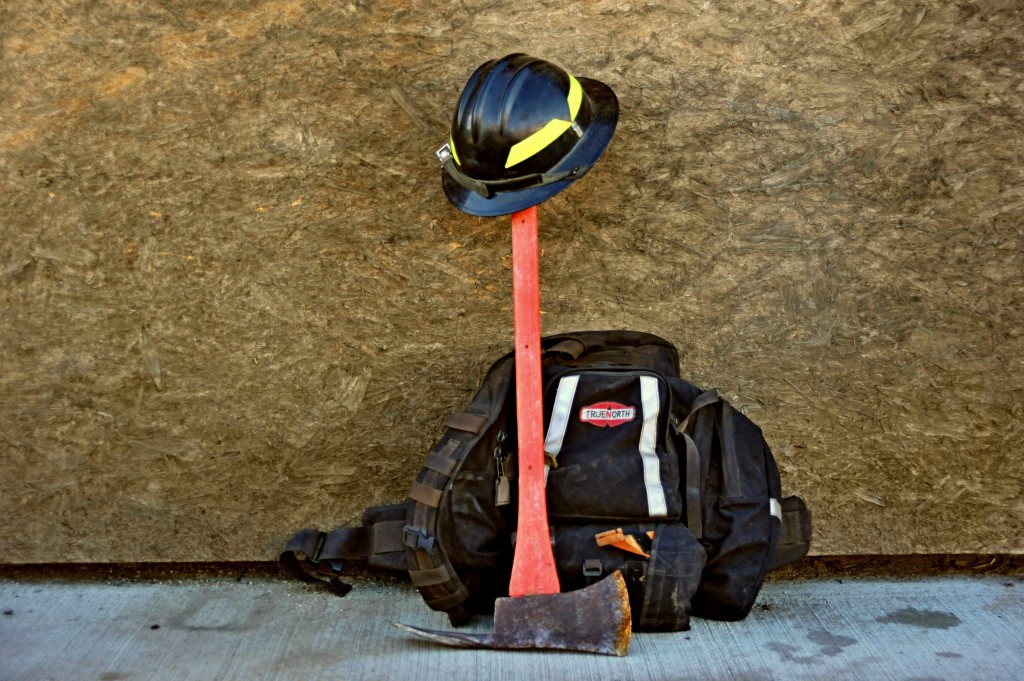
The result: weighing the economic benefits to a state versus the drag a fire can impose is difficult at best. Looking at the devastation wrought by a fire like the Carlton or Okanagan fires last year, it’s even hard not to wonder at the morality of counting at all the economic benefits of an event so utterly destructive.
For his part, Bailey says he wants people making the decisions just to know that he and other fire contractors exist.
“We are here, and we can and will work,” Bailey says, noting that unlike the state forestry crews, he is paid only when he is called to a fire.
That’s a win for the state because he can do it cheaper. For him, it’s a win because it means a livelihood.
All photos by Tom James unless otherwise designated.

